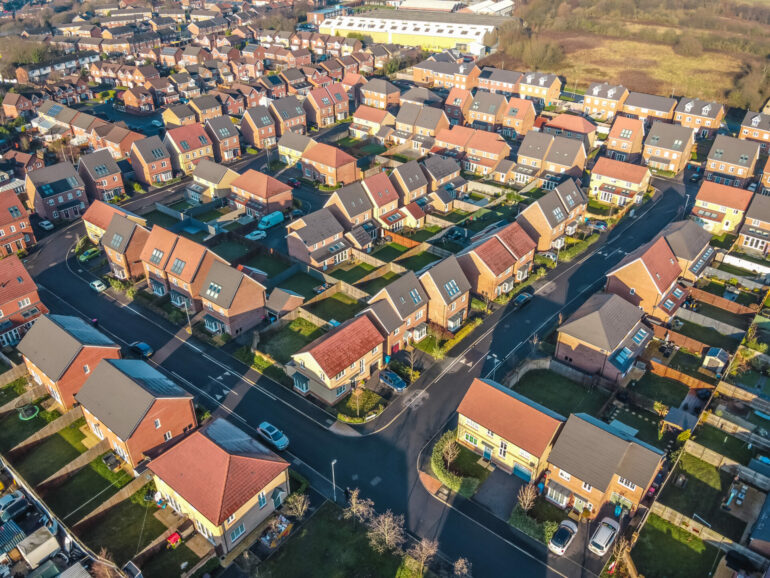In Q4 2024, average rents for new properties outside London dropped for the first time since pre-pandemic 2019, according to the Rightmove Rental Tracker.
The average rent of a home outside of London was found to be £1,341 per calendar month, dropping by 0.2% compared with last quarter.
This drop of £3 in newly advertised rents marked the end of many months of new record rents.
Rents outside of London are still 4.7% higher than this time last year, but this is the slowest rate of growth since 2021.
In contrast, average advertised rents in London have reached another new record of £2,695 per calendar month.
However, the increase is only 0.1% this quarter, and average rents are now 2.4% higher than this time last year, the lowest this figure has been since 2021.
The number of available rental properties across Great Britain is now 13% higher than at the same time last year.
This increase in supply has led to a slower rate of rent growth as demand has decreased by 16%.
John Baybut, managing director of Berkeley Shaw Real Estate in Liverpool, said: “We’ve seen a levelling off in demand from tenants, due to many factors including the end of the post-pandemic surge for new rental requirements, and some demand heading to the sales market.
“However, demand is generally still pretty strong and the market is still busier than before the pandemic.
“Tenants are paying very high rents, so with more supply on the market now, some are being more “choosey”.
Baybut added: “Some have also decided the costs of moving are too expensive and have decided to stay put.
“Landlords have to be careful to price accurately right now, despite having their own affordability pressures with high mortgage rates.
“Landlords need to work closely with experts to set the right price and keep their home occupied in the current market, reducing the risk of void periods.”
Alex Bloxham, partner and head of residential lettings at Bidwells, said: “We’re seeing a cooling of what has been a ferociously hot rental market over the last year, where tenants have endured intense competition and consistent rental inflation.
“These figures suggest landlords are continuing to invest in their buy-to-let portfolios while more tenants are choosing to stay put, likely due to continued macroeconomic uncertainty and the upfront costs involved in relocating.
Bloxham added: “The high-rate environment and regulatory changes have had a dampening effect on supply, with fewer new landlords entering the housing market.
“All the while, demand side drivers including expensive for-sale housing, high mortgage rates, and reurbanisation have remained prominent demand-side drivers for rental housing, with these dynamics combining to produce a stark supply-demand imbalance.
“This mismatch will continue to be a defining feature in the market, but the steady improvement we’re seeing will put downward pressure on rents and represents positive news for renters.
Colleen Babcock, property expert at Rightmove, said: “A first quarterly drop in rents is the culmination of several months of improvement in the balance between supply and demand.
“While new tenants are still paying more than they were at this time last year, the pace of growth continues to slow.
Babcock added: “However, though this is the big picture of market activity, agents on the ground still tell us that the market is very hot, and some areas have improved more than others when it comes to the supply and demand balance.
“Our own data shows that the average rental property is still receiving 10 applications per property, which is lower than the peak, but still double the pre-pandemic norm. ”




